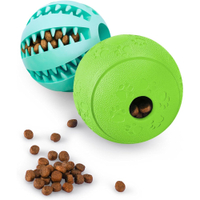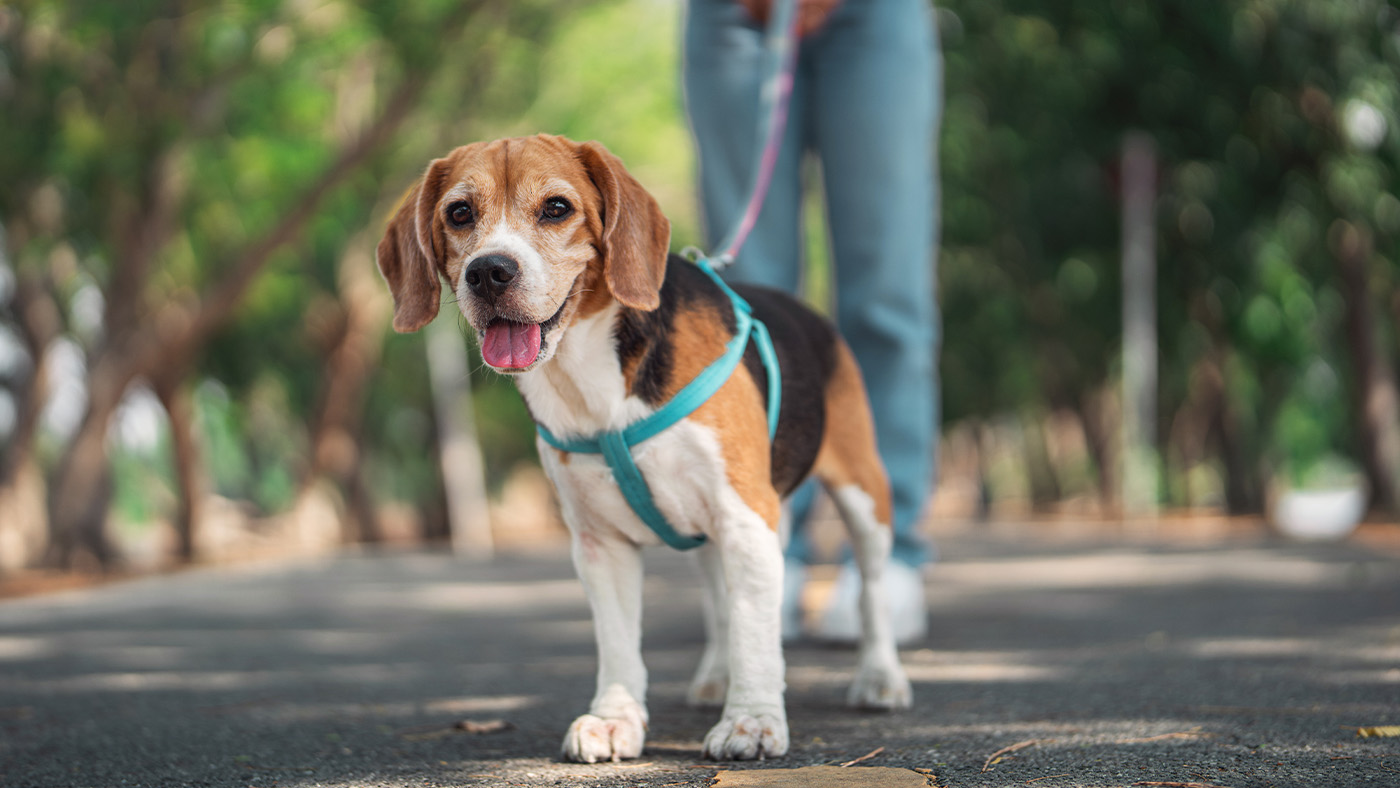5 activities for a hyperactive dog
Is your dog a bit on the energetic side? Then check out our expert vet’s 5 tips for chilling out your hyperactive dog.
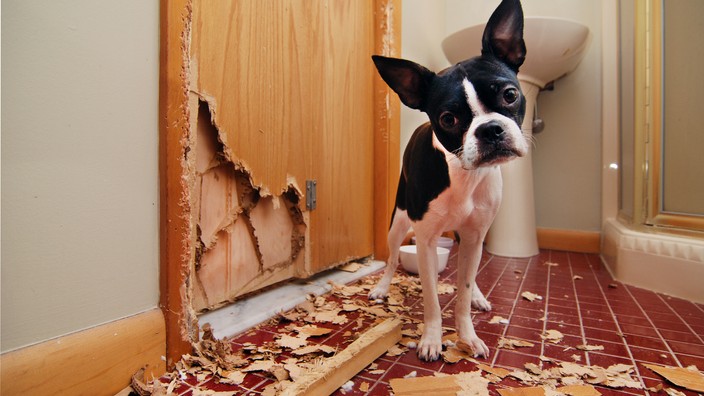
It can be easy to see an energetic pooch and label them as a hyperactive dog, but in truth, the actual condition of “hyperactivity” is exceedingly rare in dogs. Still, that technical distinction isn’t much help to pet owners who are trying to calm down the little tornado of energy in their homes, so we’ve put together a handy guide with some tips on how to calm down hyperactive dogs.
If your dog is acting out and engaging in unwanted behaviors, it’s possible that they’re suffering from other conditions like stress and anxiety. Fortunately, there are tools and products out there that can help. If your dog is anxious at night, you can invest in one of the best calming dog beds to help them feel safe. Calming treats for dogs work well too, giving your pooch something to concentrate and focus on.
During the day, the best dog toys should be your first port of call. Playing with your dog can help burn off that excess energy, and it’s great for mental health — both yours and theirs. But if you’re struggling for ideas and nothing seems to be working, then our list of five activities for hyperactive dogs is here to help.

Dr. Diana Hasler graduated with distinction from the University of Edinburgh Royal (Dick) School of Veterinary Studies in 2018. She has experience working as a small animal veterinarian in general practice, where she has treated many dogs, cats, rabbits, and rodents. She has also recently branched out into the field of medical communications, doing freelance work as a medical editor and writer.
What are the signs of a hyperactivity dog?
Hyperactivity in dogs, sometimes referred to as hyperkinesis, is an uncommon behavioral condition that shares many similarities with ADHD in humans. Dogs with this disorder tend to have abnormally short attention spans and an inability to control their impulses. They have trouble focusing on tasks, and they may become destructive or aggressive when they are bored or frustrated. They also show additional physiological signs such as increased heart rate and respiratory rate, even at rest. True hyperactivity can be influenced by both genetic and environmental factors.
Many dogs that owners think are hyperactive are actually just not having their needs met. Working breeds, such as sporting dogs like Labrador Retrievers, herding breeds like Border Collies, sled dogs like Siberian Huskies, and terriers, have higher exercise requirements and become bored when they are not mentally stimulated. Regardless of breed, this can cause dogs to misbehave and try to burn off pent-up energy by taking part in rowdy behaviors like jumping on people or other pets, chewing on furniture, and destroying household items. For this reason, it is very important that prospective dog owners research breeds thoroughly to ensure that their chosen breed will be compatible with their lifestyle and that they will be able to meet their dog’s needs.
How to deal with hyperactive dogs
If you believe that your dog has true hyperactivity, they will benefit most from first seeing their veterinarian to rule out any underlying medical causes of their behaviors. This could potentially lead to referral to a veterinary behaviorist if their condition is deemed behavioral in nature.
For other dogs who simply have lots of energy, there are a few steps owners can take. Studies have shown that dogs who spend more time alone are more likely to become hyperactive, so ensuring that a dog receives adequate socialization can help. Providing a consistent daily routine can also minimize stress for dogs. Lastly, it is vital that dogs receive enough exercise and mental stimulation based on not only their breed, but also their age and temperament—it should be noted that dogs who have been bred to work often require more than just daily walks to satisfy their needs.
PetsRadar Newsletter
Get the best advice, tips and top tech for your beloved Pets
Here are 5 activities you can try if your dog has massive amounts of energy:
Activity 1: Obedience training
In some cases, dogs have been taught that “hyperactive” behaviors gain them rewards, such as barking or jumping when they want to eat their dinner or be taken for a walk. Basic obedience training can help dogs learn how to control their impulses and behave more appropriately for their owners.
For example, asking a dog to sit before they are given dog treats or taken outside allows dogs to focus on a task, and they are only rewarded once they do as they are told.
Learning further commands like lie down, stay, and heel can give them additional tasks to concentrate on, and these can be rewarded with a treat when they remain calm. For more advice read our article on positive reinforcement for dogs.
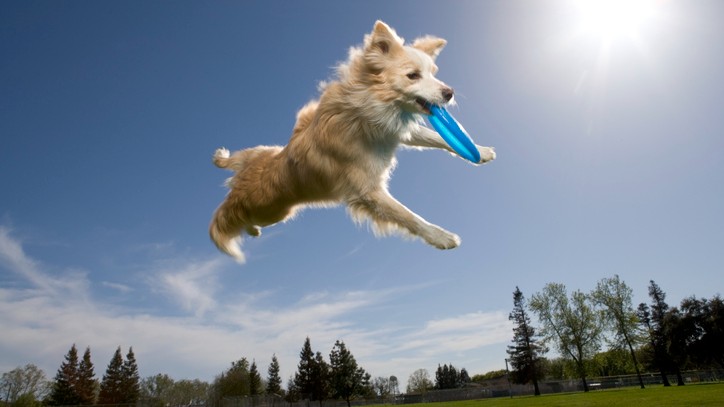
Activity 2: Take them to the park
There are several activities owners can do with their dogs at the park. Taking an energetic dog for a run can help them burn off some fuel while getting fresh air and spending time with their human.
Owners can also play with their dog at the park — lots of dogs love to play fetch, and it can help them burn off a ton of energy when there is lots of space to run around. Dogs who enjoy playing with other dogs can also be taken to a dog park, where they can socialize with other pups and get some exercise at the same time.
Activity 3: Provide some mental stimulation
Many working breeds have been bred to perform tasks that require a certain amount of brainwork, so they can become bored easily if they are not properly stimulated mentally.
There are lots of toys that owners can use at home to provide mental stimulation, regardless of breed, such as puzzle toys and snuffle mats. Other enrichment ideas include teaching new commands or tricks and teaching dogs to do nosework.
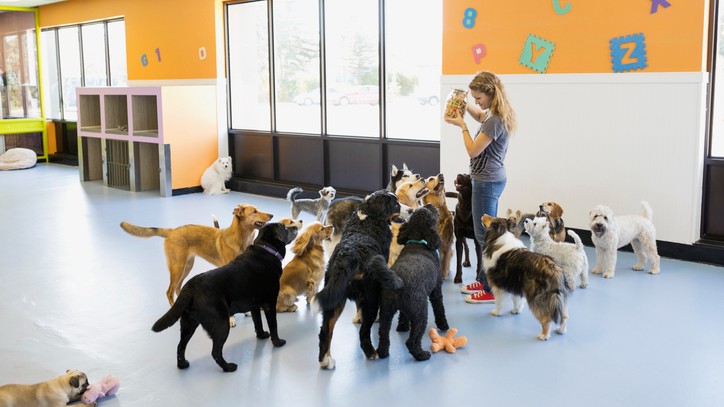
Activity 4: Doggie day care
For dogs who like playing with other dogs, doggie day care is a good option to totally tire them out by the end of the day. This is also beneficial for owners who have long working hours and do not have the time to entertain their pup during the day.
Dogs who are aggressive or fearful around other dogs should not be enrolled in doggie day care, as this may be distressing for them, potentially worsening their behavior.
Activity 5: Dog sports
Dog sports can be a great option for dogs who have too much energy, as most of them provide both physical and mental stimulation.
Some popular dog sports include competitive obedience, agility, rally, herding, fieldwork, and lure courses. These sports also allow owners to form an even stronger bond with their pooch.
What to do if these activities don’t help
If these activities don’t help reduce a dog’s hyperactive behaviors, they should be taken to their veterinarian so that a full clinical history and thorough physical exam can be conducted. The vet may also want to perform diagnostic tests in case of an underlying medical condition causing hyperactivity, such as hyperthyroidism or a neurological disorder.
If no abnormalities are found, they may recommend referral to a board-certified veterinary behaviorist for assessment and a treatment plan. Dogs with true hyperactivity may require lifelong medication, such as prozac for dogs, in addition to behavior modification training to help both them and their owners live a happier and less stressful day-to-day life.
HIPPIH Interactive Dog Toys Ball for IQ Training
$9.99 on Amazon
Give your boisterous pooch a way to burn off energy with this treat-hiding ball toy. They get physical exercise when they chase it, and a mental workout trying to free the treat once they catch it.
If you’re looking for more ways to burn energy, while also bonding with your pup then check out our 12 clever ways to have more fun on dog walks.
Dr. Diana Hasler graduated with distinction from the University of Edinburgh Royal (Dick) School of Veterinary Studies in 2018. She has experience working as a small animal veterinarian in general practice, where she has treated many dogs, cats, rabbits, and rodents. She has also recently branched out into the field of medical communications, doing freelance work as a medical editor and writer. Dr. Hasler currently lives in Edinburgh where she enjoys spending time with her husband Gavin and playing with their feisty tabby cat Poppy.
